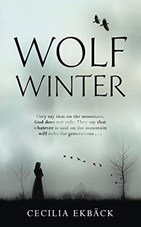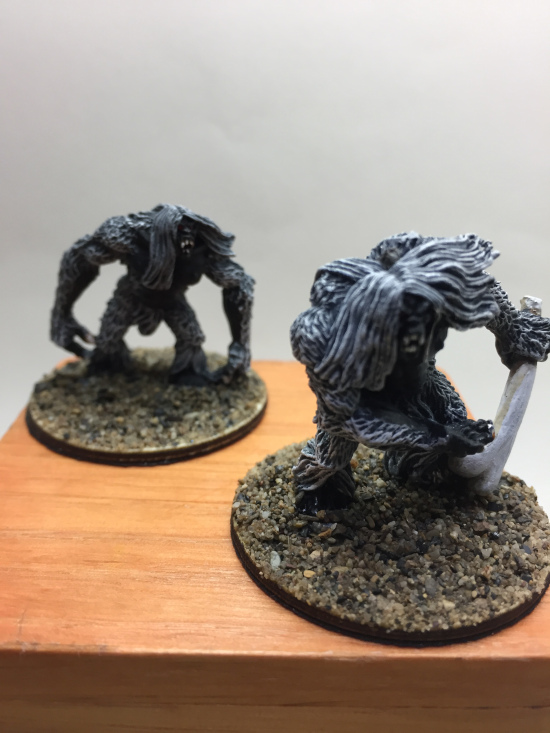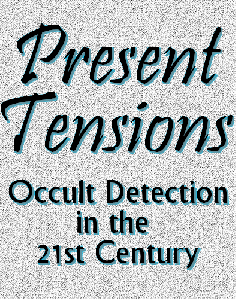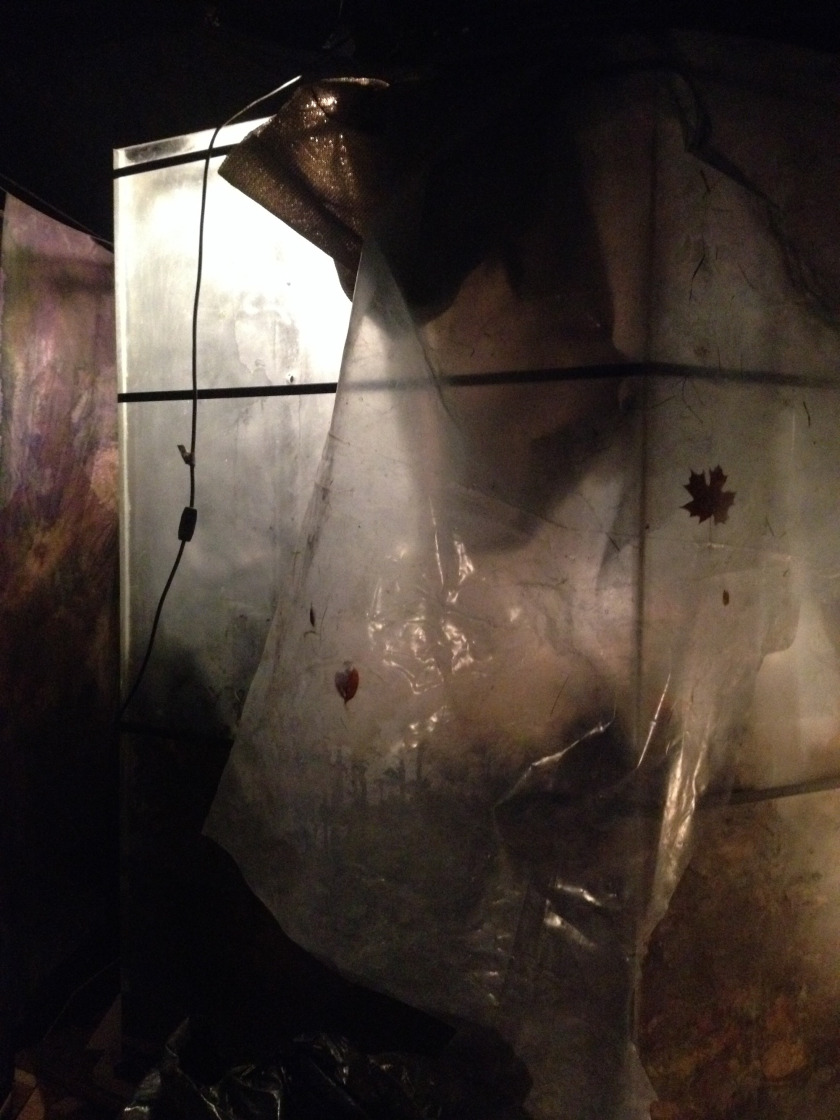
I read Ekbäck’s second novel, In the Month of the Midnight Sun, back in 2016, and I immediately bought her debut, Wolf Winter, after I had finished it, only to let it languish on my TBR for around 18 months!
There are six homesteads on Blackåsen Mountain.
A day’s journey away lies the empty town. It comes to life just once, in winter, when the Church summons her people through the snows. Then, even the oldest enemies will gather.
But now it is summer, and new settlers are come.
It is their two young daughters who find the dead man, not half an hour’s walk from their cottage.
The father is away. And whether stubborn, or stupid, or scared for her girls, the mother will not let it rest.
To the wife who is not concerned when her husband does not come home for three days; to the man who laughs when he hears his brother is dead; to the priest who doesn’t care; she asks and asks her questions, digging at the secrets of the mountain.
They say a wolf made those wounds. But what wild animal cuts a body so clean?
Wolf Winter is set on the same fictional mountain as In the Month of the Midnight Sun, but is set several years earlier before a village has been established, the mountain sparsely populated by settlers, and the native, nomadic Lapps who migrate with the seasons. I love the sense of place that Ekbäck builds into her novels – the mountain, the forest, and the wilderness are all brought vividly to life. Set in the 18th century, the novel has a Gothic feel that adds a chilling atmosphere, even in the happier scenes.
The novel opens with the arrival of Maija, Paavo, and their two daughters, Frederika and Dorotea, on Blackåsen Mountain, and is told from the perspectives of Maija, Frederika, and the “local” priest, Olaus, and I loved how these stories intertwined. I found Maija’s and Frederika’s perspectives to be the most interesting, although Olaus’s narrative adds much to the story, as he represents the higher echelons of society, and is privy to more information that Maija and her daughter,. It also gives a different perspective to the lives led by the characters, and there is a stark contrast between Olaus’s lifestyle and that of the settlers.
Maija is a fantastic character – a strong, bold woman who isn’t afraid to speak her mind, and I liked the (still unusual) portrayal of the family’s relationship, where she is the head of the household in all but name, with her husband content to sit back, and perhaps even a little afraid to step up and take control. I felt Maija’s frustration and anger when the men around her (husband excluded) attempt to put her in her place. Frederika again adds something a little different to the novel as a girl on the cusp of womanhood. Despite her mother’s best intentions, Frederika has some uncanny abilities, and I loved her exploration of her skills, even as I empathised with her loneliness.
At the centre of the novel are the questions surrounding the dead man found by Frederika and Dorotea. I don’t want to go into the plot too much, but there is an intriguing crime element to the novel, with lots of secrets to be uncovered, and it goes much deeper than one dead man.
This is a fantastic historical crime novel that I’d recommend to fans of Hannah Kent’s Burial Rites.
Rating: ⭐ ⭐ ⭐ ⭐
Advertisements Share this:




